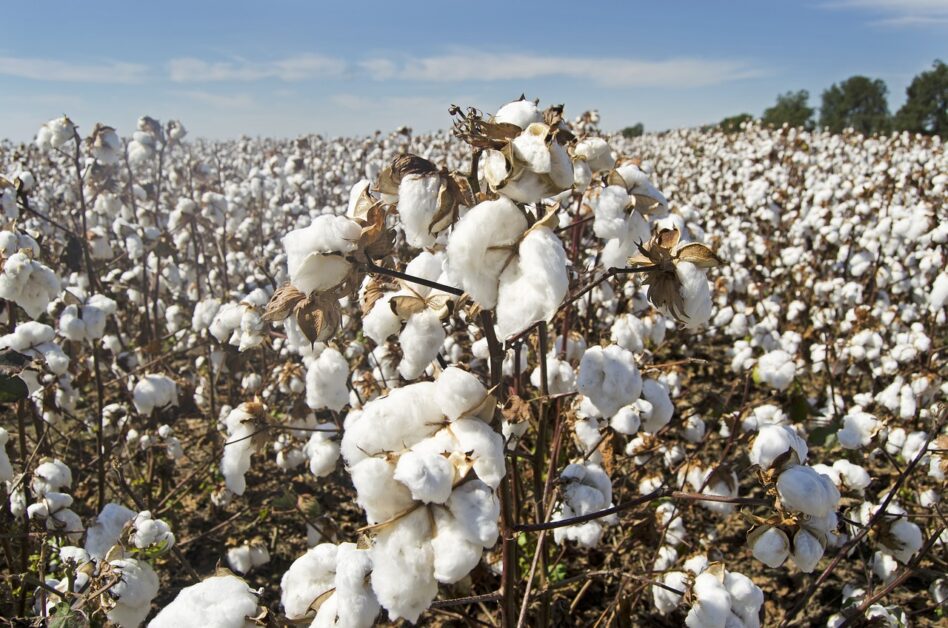Cotton, often referred to as “white gold,” has been a staple in the textile industry for centuries. Its versatile nature, comfort, and breathability make it a popular choice for clothing, linens, and various other products. However, the environmental impact of conventional cotton production has raised concerns, prompting a shift towards sustainable practices, including recycling. In this article, we explore the journey of cotton from fields to fabrics, and the transformative power of recycling in mitigating its environmental footprint.
The Environmental Impact of Cotton Production
Conventional cotton farming is resource-intensive, requiring vast amounts of water, pesticides, and fertilizers. The environmental toll of cotton cultivation includes soil degradation, water pollution, and a significant carbon footprint. Additionally, the textile industry generates substantial waste, with discarded cotton products ending up in landfills.
Recycling Cotton: A Sustainable Alternative
- Mechanical Recycling
Mechanical recycling involves breaking down used cotton products into fibers, which are then spun into new yarns. This process can be repeated several times without a significant loss of fiber quality. Mechanical recycling is a closed-loop system that conserves resources, reduces waste, and minimizes the need for virgin cotton. - Chemical Recycling
Chemical recycling, also known as dissolved pulp technology, employs chemicals to break down cotton into a pulp. This pulp can then be used to produce new fibers. While still in the early stages of development, chemical recycling shows promise in efficiently recovering cotton from discarded textiles, providing a complementary approach to mechanical recycling. - Upcycling and Repurposing
Beyond traditional recycling methods, upcycling and repurposing initiatives transform old cotton garments into new products. This can include turning worn-out clothing into cleaning rags, creating patchwork quilts, or repurposing textiles for various crafts. Such initiatives extend the life of cotton products and divert them from landfills. - Closed-Loop Systems
Closed-loop systems in the fashion industry involve brands taking responsibility for the entire life cycle of their products. Some companies are adopting closed-loop systems for cotton, where they collect used garments, recycle them into new products, and minimize waste generation. This holistic approach encourages a circular economy for cotton textiles.
The Future of Cotton Recycling
As the demand for sustainable practices grows, the future of cotton recycling looks promising. Innovations in technology, increased awareness, and consumer demand for eco-friendly products are driving positive change in the industry. However, challenges such as the scale of adoption, cost-effectiveness, and technological advancements still need to be addressed for cotton recycling to become a mainstream practice.
Consumer Role and Responsibility
Consumers play a crucial role in promoting the sustainability of cotton. By choosing products made from recycled cotton, supporting brands that prioritize eco-friendly practices, and practicing responsible consumption, individuals can contribute to a more sustainable future for the textile industry.
Conclusion
Recycling cotton is not just a solution to the environmental challenges posed by conventional cotton production; it is a pathway toward a more sustainable and responsible textile industry. As we navigate the complexities of modern consumption, the choice to recycle cotton empowers us to rethink our relationship with the environment and embrace a circular economy that values the longevity and versatility of this natural fiber.
